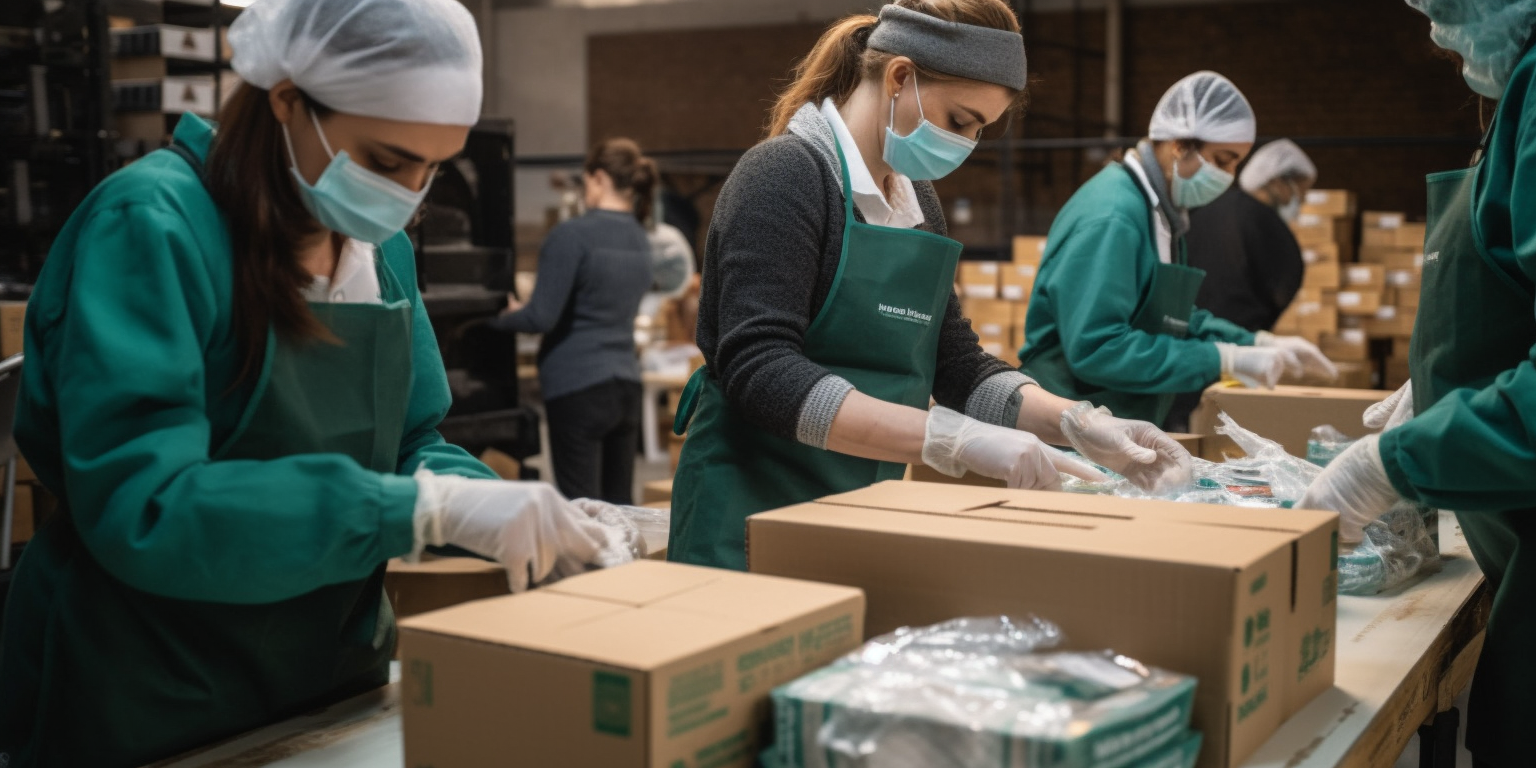
The Best Food Preservation Methods for Your Emergency Kit
The Best Food Preservation Methods for Your Emergency Kit
When you're prepping for an emergency, it's natural to focus on stocking up on food. You can go as far as you want with this process: buying pre-prepared long-life food, growing your own veggies, hunting, fishing and trapping small game, picking local produce at peak season, canning jars of fruit or making jams in your kitchen—the options are endless. Whether you’re an experienced prepper or just getting started with your first kit, procuring enough food is essential for any emergency plan.
If the crisis lasts longer than expected, you and your family might not be able to leave home again for a long time. In that case, the best way to make sure everyone has access to enough nutrition is by storing food. Unless you are able to invest in pre-packed long life food, you will need different methods of keeping food safe so that it will last until you’re ready to eat it again.
Whilst there are a variety of different ways to extend the shelf-life of foods, the following are the main methods used by households.
Drying Food
The sun is the best dehydrator. If you’re in an area with warm temperatures and dry, low humidity air, you can set up lines outside to dry food. In a pinch, you can create a makeshift drying rack out of wooden slats. Tie the food to the rack using string or rope, and make sure that it’s exposed to as much air as possible to aid in the drying process. You’ll want to rotate the food every few hours to ensure even drying.
Alternatively, food dehydrators can be purchased for as little as £50, which will enable you to dehydrate small batches without having to rely on dry weather – particularly relevant if you are in the UK.
Once food has been dried, it’s easy to store in airtight containers such as glass jars or heat sealed Mylar bags. You can keep the dried food almost indefinitely as long as you protect it from humidity, pests and vermin.
Canning/Bottling Food
Canning is one of the most reliable methods of food preservation. This process uses heat and pressure to kill harmful bacteria and create a vacuum-sealed jar that preserves the food’s original flavour and texture. Once you’ve got your canning set up, you can use it to preserve just about anything. Some of the best foods for canning include root vegetables, meat, grains, fruits, and legumes. If you have time to prepare your canning jars and pick your produce from the peak season, you can create a large batch of jars and have them ready to go.
For further guidance on how to set up this process at home, just read our hand guide here: Setting up a Food Canning Operation at Home
Freezing Food
Freezing is a simple and effective way to preserve food for a long time. The trick is getting the food ready for the cold. Make sure that you prepare the food for freezing by either blanching or boiling it in water before putting it in the freezer. Blanching food is the process of putting vegetables or fruits in boiling water, then immediately transferring them to an ice bath to stop the cooking process. The key is to stop the food from continuing to cook or else it will lose valuable vitamins and minerals. Blanching is the best way to preserve the colour, taste, and texture of your food when freezing it. This method also reduces the chances of harmful bacteria growth.
Note that one of the drawbacks regarding freezing food is that it requires an electricity powered freezer – in the event of a crisis, steady electricity supply may not be guaranteed, resulting in frozen food defrosting.
Smoking Food
Smoking food is a great, effective way to preserve it without the use of preservatives. This process involves hanging the food over a fire and then storing it in a separate container. The smoke from the fire will kill harmful bacteria and insects. To start, you’ll need a smoker that is designed to hold food, dry wood chips, and a way to control the fire. Depending on the type of food you’re smoking, the process can take several hours. Since smoking food is a lengthy and involved process, it’s best to start smoking food when you’re actively prepping for an emergency and food preservation has become a top personal priority.
Conclusion
As you can see, there are many different ways to preserve food for an emergency food supply. Depending on where you are, the season, and your resources, you can pick the best method for keeping food safe and edible for extended periods of time. When you’re stocking up on food for your emergency kit, make sure you’re buying enough of each type of food to last you for a long time. Aim to get enough food for a minimum of three weeks per person in your household (or ideally 3 months). With the right food preservation methods, you’ll be fully stocked up and ready for the worst.
And, clearly if you don't have the time available to preserve food yourself, you can buy super long-life food from specialist retailers that will last far longer.
Suggested Articles
The Role of Emergency Food in the UK's Search and Rescue Operations
In the context of search and rescue (SAR) operations in the United Kingdom, the significance of emergency food cannot...
The Role of Emergency Food in Pandemic Preparedness: Lessons from COVID-19
The COVID-19 pandemic has laid bare the vulnerabilities of our global food supply chains and has demonstrated the nee...
Emergency Food for Travellers: How to Pack and Prepare for Emergencies on the Road
Unexpected events can occur at any time, even during well-planned trips. Whether you're exploring the scenic coastlin...




